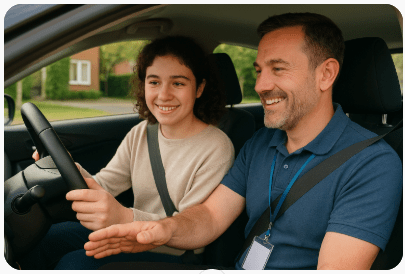Category: Uncategorized
-

Mastering Clutch Control and Hill Starts
Clutch control is one of the trickier skills for learner drivers to master, but it’s essential for smooth and safe driving in a manual car—especially when it comes to hill starts. With practice and the right techniques, you’ll be managing the clutch like a pro in no time. The clutch allows you to smoothly engage…
-

Roundabouts Made Simple
Roundabouts can seem intimidating to new drivers, but once you understand the rules and practice a bit, they’ll become second nature. They’re designed to keep traffic flowing smoothly and safely—so mastering them is a key part of learning to drive in the UK. The first step to tackling a roundabout is preparation. As you approach,…
-

Understanding Road Signs and Markings
Road signs and markings are the language of the road—and understanding them is essential for any learner driver. They provide crucial information to help keep you and others safe, guide you on where to go, and ensure smooth traffic flow. Road signs come in different shapes and colours, each with its own meaning. Circular signs…
-

The Importance of Good Observation Skills
One of the most vital skills a learner driver can develop is observation. Good observation is key to safe driving and making the right decisions on the road. It’s not just about seeing—it’s about being aware of your surroundings, interpreting what you see, and reacting appropriately. From the moment you start your engine, observation comes…